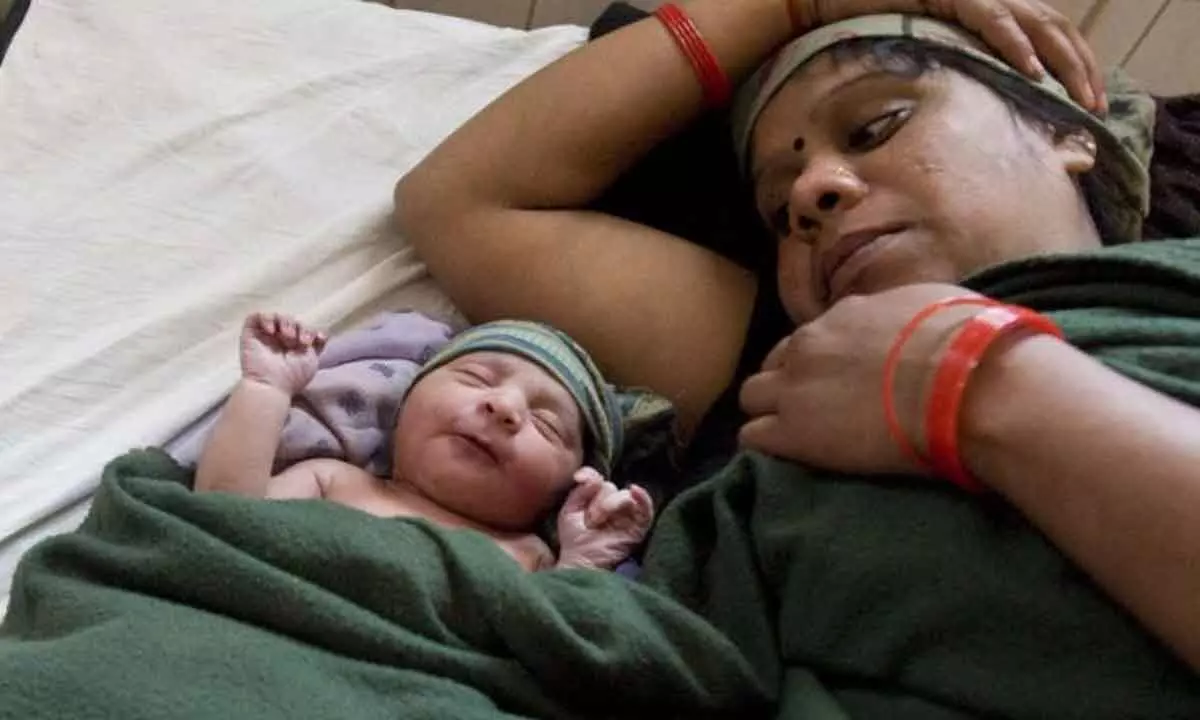Every second delivery in India’s private sector is caesarean
image for illustrative purpose

The number of caesarean babies is on a significant rise in the country. Going by official statistics, the prevalence of C-sections (caesarean) across India increased from 17.2 per cent to 21.5 per cent in the five years leading up to 2021. In the private sector, these numbers stand at 43.1 per cent (2016) and 49.7 per cent (2021), meaning that nearly one in two deliveries in the private sector is a C-section. This is even as the World Health Organization (WHO) has recommended that the rate for C-sections be between 10 per cent and 15 per cent. Validating the rise of Indian caesarean babies, a recent study by the Indian Institute of Technology Madras (IIT Madras) suggests that this increase could be attributed to several factors.
The researchers found that better-educated women living in urban areas were more likely to deliver by C-section, suggesting that greater autonomy and better access to healthcare facilities play a decisive role. Moreover, the place of delivery (in a public or a private facility) had the greatest impact on whether delivery was by C-section, implying that ‘clinical need’ factors were not necessarily the reason for surgical deliveries.
Across India, the non-poor were more likely to opt for C-sections, while in Tamil Nadu, it was surprisingly different, as the poor were more likely to have C-sections in private hospitals. Interestingly, caesarean section delivery is a surgical technique that involves making an incision in the mother's belly to deliver one or more infants. When medically justified, the procedure can be lifesaving. When not strictly necessary, it can cause several adverse health outcomes, lead to unnecessary expenditure and place a strain on the scarce public health resources. Factors that might contribute to adverse birth outcomes and possibly justify C-sections like the mother’s age being less than 18 years or over 34 years; the interval between births being less than 24 months or the child being the fourth or more born to the mother, are considered high-risk fertility behaviour. One also has to keep in mind that the odds of a caesarean delivery among overweight women and those aged 35-49 years were twice those for underweight women and those aged 15-24 years, respectively.
The proportion of overweight women giving birth increased from three per cent to 18.7 per cent, while that of women aged 35-49 years decreased slightly from 11.1 per cent to 10.9 per cent. Overall, in India, women delivering at private healthcare facilities were four times more likely to have a C-section over the period of study between 2016 and 2021. In Chhattisgarh, women had ten times higher chances of delivering by C-section in a private hospital while in Tamil Nadu they had a three-time higher chance. What the government of the day needs to keep in mind at this point is the alarmingly high proportion of poor women undergoing C-sections in the private sector in Tamil Nadu and in some other states. This requires further and immediate analysis and corrective action in case some of these are clinically unnecessary.

